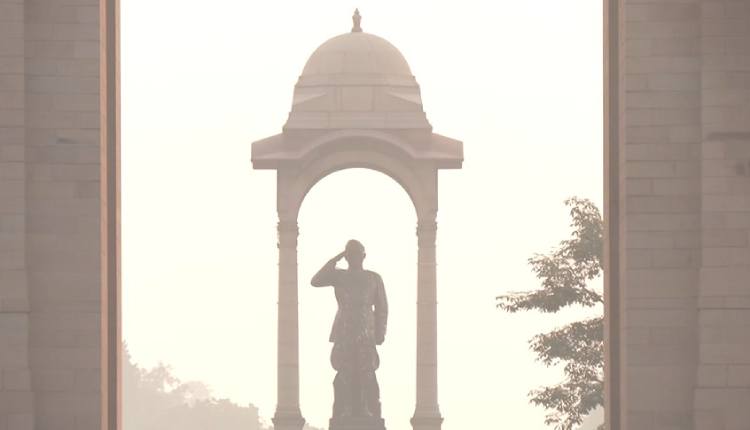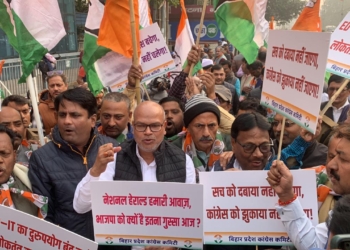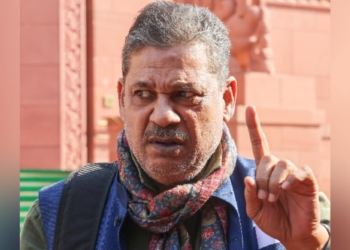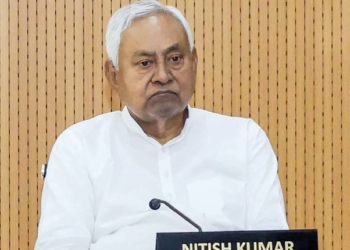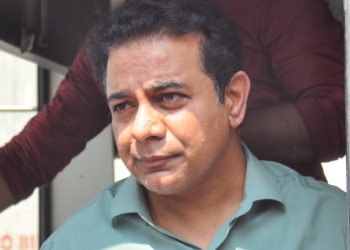New Delhi: The air pollution in Delhi has worsened, with the quality dropping to the ‘poor’ category even as the national capital eagerly prepares to celebrate Diwali with the Supreme Court-mandated green crackers within specified hours.
As of 8.00 a.m. on Friday, the average Air Quality Index (AQI) in Delhi stood at 240, indicating ‘poor’ air quality.
Among Delhi-NCR cities, the AQI levels were also concerning: Faridabad recorded 158, Gurugram 150, Ghaziabad 165, Greater Noida 148, and Noida 145. Most areas in the national capital reported AQI levels ranging between 200 and 300, reflecting moderate to poor air quality conditions.
At prominent locations like India Gate, a visible blanket of smog has enveloped the area, marking the early signs of the city’s annual winter pollution crisis.
The Supreme Court recently allowed the sale and bursting of firecrackers, believed to be less polluting during the upcoming Diwali festival, as the air quality dipped to ‘very poor’ levels in Delhi.
In response to the seasonal spike in pollution that typically occurs between October and February, the Delhi government, led by Chief Minister Rekha Gupta, has launched a comprehensive Winter Action Plan for 2025–26. The initiative was announced by Environment Minister Manjinder Singh Sirsa on Thursday.
The action plan outlines 25 key measures under seven thematic areas: road dust, vehicular emissions, industrial and power sector pollution, open burning and solid waste, citizen engagement, monitoring, and green innovation. The plan will be executed in coordination with over 30 departments and agencies across the capital.
During a high-level review meeting, Minister Sirsa directed senior officials to ensure strict, time-bound implementation of the plan, supported by real-time monitoring through the Green War Room. Accountability has been assigned to key bodies, including the PWD, MCD, NDMC, DSIIDC, DPCC, Transport Department, and Delhi Police.
“Compliance will be non-negotiable this winter,” Sirsa said.
“Dust control, adherence to construction norms, use of PNG in industrial operations, and targeted enforcement efforts are being scaled up with precision and speed.”
He added that all 30 stakeholder agencies have been instructed to coordinate daily via the Green War Room.
Highlighting citizen participation, the minister urged residents to use the Green Delhi App, follow the GRAP (Graded Response Action Plan) advisories, and prefer public transport and electric vehicles.
To tackle road dust, 86 mechanical road sweepers, 300 water sprinklers, and 362 anti-smog guns have been deployed across the city. Procurement is underway for 70 additional sweepers and related dust-control equipment. All major roads under PWD, MCD, NDMC, and DSIIDC will be vacuum-swept with increased frequency, and strict 14-point dust control norms for construction sites remain mandatory.
(IANS)




